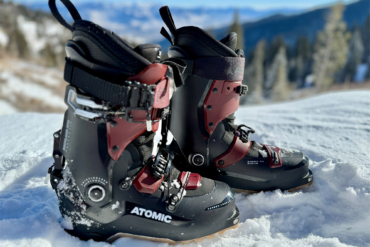Finally the forest cleared. The men came onto the road that ran across the northern side of Vestfjord Valley toward Lake Møs to the west and the town of Rjukan a few miles to the east. Directly south, an eagle’s swoop over the precipitous Måna River gorge, stood Vemork, their target.

Despite the distance across the gorge and the wind singing in their ears, the commandos could hear the low hum of the hydroelectric plant. The power station and eight-story hydrogen plant in front of it were perched on a ledge overhanging the gorge. From there it was a six-hundred-foot drop to the Måna River, which snaked through the valley below. It was a valley so deep, the sun rarely reached its base.
Had Hitler not invaded Norway, had the Germans not seized control of the plant, Vemork would have been lit up like a beacon. But now, its windows were blacked out to deter nighttime raids by Allied bombers. Three sets of cables stretched across the valley to discourage low-flying air attacks during the day as well.
In dark silhouette, the plant looked an imposing fortress on an icy crag of rock. A single-lane suspension bridge provided the only point of entry for workers and vehicles, and it was closely guarded. Mines were scattered about the surrounding hillsides. Patrols frequently swept the grounds. Searchlights, sirens, machine-gun nests, and a troop barracks were also at the ready. And now the commandos were going to break into it.
Continued on next page…






